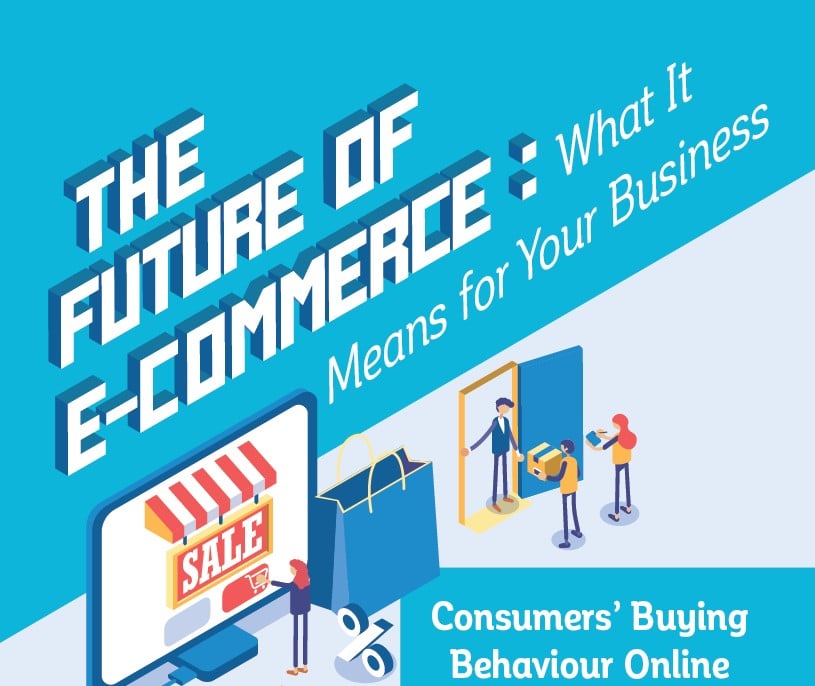There is a growing number of consumers who are less frequently going to the usual brick and mortar stores at the mall and are now doing all their shopping from the comforts of their homes or wherever they may be.
Q1 hedge fund letters, conference, scoops etc
We really can’t blame them for leaning towards the convenience of purchasing goods from e-commerce websites through the internet since it saves them a whole lot of time and effort throughout the process.
With technology still adding a few more functional features to the services offered by e-commerce enterprises to make shopping easier, there appears to be a bright future ahead for this industry, considering it’s still in its infancy.
And while these e-commerce business owners evolve as they try to meet the demands of their customers, there will be many aspects of their service that are bound to get better.
Gone will be the days when droves of consumers would have to flock to the huge shopping malls just to purchase all the items they need. With customer service bound to improve along with having shorter delivery times and a wider product selection, there is nowhere e-commerce will go but up.
E-commerce is expected to take an 11.9 percent share of global retail sales this year, which is up from 3.5 percent a decade ago. Despite its rapid growth, brick and mortar stores are still the dominant player in the retail industry, but this is anticipated to change in the coming years.
According to a report, e-commerce retail sales hit $2.290 trillion worldwide back in 2017, which is 10.1 percent of the total, and are right on track to exceed 16 percent to reach $4.479 trillion by 2021. These are already impressive numbers, to say the least, which is a sure sign the industry has a bright future ahead of it.
Both the internet and technological advancements will play a huge part in adding to the rapid growth and boom of the e-commerce industry. With more people being connected to the internet, they could shop online whenever they want and wherever they go using their smartphones. The e-commerce industry's future is not only promising, but could also entirely change the way we shop.
It is imperative that business owners who are still operating exclusively out of their brick and mortar stores to take advantage of this trend. It is high time they exploit technology and invest in putting up an online version of their store to have a wider reach, thus boosting their sales. You would not want your business to be left behind if you don’t jump on the online shopping bandwagon.
Not only should your business be into this, but you should also be prepared for what the future holds in the industry. With emerging technology in the form of virtual reality, cryptocurrency, drones, and delivery driving services, you have to explore the possibilities of tapping into these features while studying the trend of consumers’ buying behavior online. Once you’ve got this down pat, your business is guaranteed to be part of the online shopping boom.
For the average investor or entrepreneur, the number of technologies that preface the future of e-commerce may look exciting, but it can also be a source of overwhelming anxiety, which breeds questions like: Which technologies should you invest in? Which ones are more likely to make a bigger impact in the business landscape? And which ones are more likely to fail?
When it comes to the e-commerce industry, today’s infographic by Go People can give you insights on the current trends that are driving growth for this industry, such as AR/VR technology and the rise of automation. It also provides a sneak peek into futuristic concepts that could someday be as commonplace as cars and delivery trucks.
Infographic source: Nick Hartman, GoPeople







